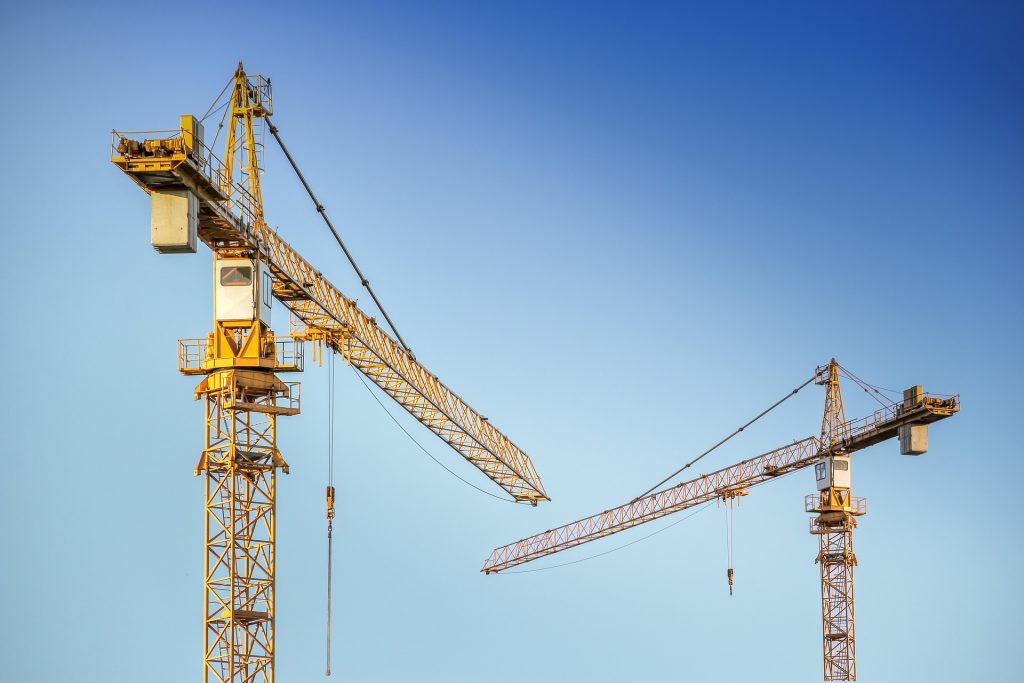
The difference between pre tensioning and post tensioning in concrete are listed below
1) Pre tensioning is cheaper because the cost of Sheathing is not involved in it, whereas post-tensioning is costlier because of use of sheathing.
2) Pre tensioning is more durable and reliable but in case of post-tensioning, the durability depends on the ‘Anchorage Mechanism‘
3) Because of small and easy to transport of structural elements, the pre-tensioning is preferred and most popular as compared to post-tensioning.
4) Pre tensioning is more suitable for precast construction works because it is done in factories while post-tensioning can be done in factories as well as on the site
5) Process of casting is different for pre-tensioning and post-tensioning concrete :
The strands are tension before the casting the concrete and in concrete is cast enclosing the tension cables in pretension concrete, but in the case of post-tension concrete, plants are enclosed within a duct in the form, and then concrete is casted
6) In the case of pretension concrete, small sections are to be constructed while in post-tensioned concrete, the size of the member is not limited. Generally long-span bridges are constructed by post tensions
7) Products are changed according to the structure in case of post-tensioned concrete, but similar structures are prepared in pre-tensioning concrete
8) Loss of prestressing is not more (it is about 15%) in post-tensioned concrete, and loss of prestressing is not less (it’s about 18%) in the case of Pre tensioning concrete
9) Mould is used to produce pre-tensioning members in prestressing concrete, whereas cables are used in place of wires, and jacks are used for stretching purposes .
10) In the case of prestressed concrete, the concrete is prestressed with tendons before its placing in position; Whereas in post-tensioning concrete, prestressing is done after the concrete attains sufficient strength.
11) The pre-tensioning method is developed due to the bonding between the concrete and steel tendons, whereas the post-tensioning concrete method is developed to bearing.
Pretension in concrete is the method when the concrete is prestressed with tendons before the placing of the concrete. and It is a suitable method for small structural elements. the pre-tensioning members are produced in the mold.
Post tension in concrete is the method when the prestressing process is done after the concrete attains its strength. It is suitable when the structure is heavy and this method is developed due to bearing.
difference between pretension and post tension in concrete
Prestressing may be achieved either by pretensioning or by post-tensioning.
To pretension concrete the steel is first tensioned in a frame or between anchorages external to the member. The concrete is then cast around it. After the concrete has developed sufficient strength the tension is slowly released from the frame or anchorage to transfer the stress to the concrete to which the tendons have by that time become bonded. The force is transmitted to the concrete over a certain distance from each end of a member known as the transfer length
Post-tensioned concrete is made by casting concrete that contains ducts through which tendons can be threaded. An alternative is to cast the concrete around tendons that are greased or encased in a plastic sleeve. When the concrete has sufficient strength the tendons are tensioned by means of portable jacks. The load is transmitted to the concrete through permanent anchorages embedded in the concrete at the ends of the tendons. Ducts are usually grouted later or filled with grease to protect the tendons against corrosion. In some applications the post-tensioning tendons are run alongside the concrete member.
One advantage of post-tensioning is that it permits using tendons that are curved or draped. This can be achieved in pretension but not so easily.
pre tension is developed due to bonding between concrete as well as tendon where as post tension is developed due to bearing.
if structural member is heavy then we preffered post tendion whearas when structural element is lighter we choose pre tension.